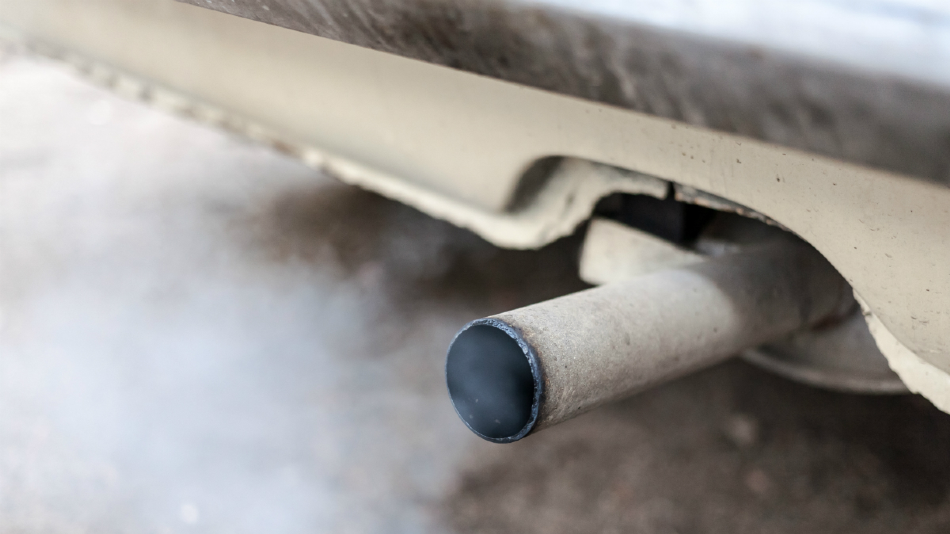Aug 6 2020
According to a first-of-its-kind study performed by the University of Surrey, even drivers from the world’s poorest cities are exposed to an inconsistent level of in-car air pollution because they often open the windows of their cars for ventilation.

Image Credit: Getty images.
The World Health Organization (WHO) states that air pollution kills around seven million individuals per year, and 9 out of 10 people inhale air that has high levels of pollutants.
An international research team, under the guidance of Surrey’s Global Centre for Clean Air Research (GCARE), analyzed the levels of air pollution exposure for commuters residing in 10 different global cities—Chennai (India), Dhaka (Bangladesh), Guangzhou (China), São Paulo (Brazil), Medellín (Colombia), Cairo (Egypt), Addis Ababa (Ethiopia), Sulaymaniyah (Iraq), Dar-es-Salaam (Tanzania), and Blantyre (Malawi).
The study was published in the Science of the Total Environment journal.
The researchers analyzed PM10 and PM2.5 exposure levels within vehicles in the morning and evening, that is, during peak hours, as well as in the middle of the day. The researchers quantified how the levels of exposure changed when drivers utilized fans, recirculation systems, and simply opened their car windows.
The study observed that higher levels of in-car pollution were experienced by drivers in some of the world’s least affluent cities.
Regardless of the city and the type of car model used, a windows-open environment demonstrated the highest exposure, followed by fan-on and recirculation settings. For the windows-open setting, pollution exposure during off-peak hours was 91% and 40% less than the morning and evening peak hours, in that order.
The study further noted that the windows-open setting subjected car passengers to air pollution hotspots for up to a third of the overall travel length.
The study also discovered that commuters who switch on the recirculation are subjected to about 80% less toxic particles when compared to those who open the windows of their cars. Car cabin filters were found to be more effective in eliminating pollution than fine particles, indicating that the presence of more efficient filters in new cars could decrease the overall exposure of car commuters.
To be blunt, we need as many cars as possible off the road, or more green vehicles to reduce air pollution exposure. This is yet a distant dream in many ODA countries. Air-conditioned cars are unattainable for many poor and vulnerable commuters across the world, but our data is clear and coherent for all 10 participating cities.
Prashant Kumar, Professor and Director, Global Centre for Clean Air Research, University of Surrey
Kumar continued, “We must now work with our global partners to make sure they have the information needed to put in place programmes, policies and strategies to protect the most vulnerable in our communities and find realistic solutions to these serious problems.”
The study has drawn important conclusions that can help commuters make decisions in their day-to-day lives to protect their health. Simple choices, like travelling during off-peak hours, can go a long way in reducing their exposure to air pollution.
Abdus Salam, Professor, University of Dhaka
Professor Adamson S. Muula from the University of Malawi stated, “Working with the GCARE team and global collaborators on this study has been an insightful experience. We were given access to affordable technology to collect novel datasets that haven’t been available for cities in this part of the world. We also got to see where our cities stand in comparison to other global cities in developing countries. This has allowed for the sharing of much needed knowledge and best practices.”
I commend Professor Kumar and his GCARE team for their continued global leadership in air quality challenges around the world. The collaborative research of the GCARE team represents best in class, taking evidence from quality science and turning it into leading-edge policy for the betterment of all.
David Sampson, Professor and Pro-Vice-Chancellor, Research and Innovation University of Surrey
The research was part of the Clean Air Engineering for Cities (CArE-Cities) project. CArE-Cities is a seed funding project, awarded by the University of Surrey under the Global Challenge Research Funds of Research England.
CArE-Cities includes 11 Development Assistance Committee (DAC) listed nations and aims to bring cleaner air to cities by building a knowledge exchange platform. The activities of CArE-Cities include joint workshops, pilot studies, and researchers exchange to deal with urban development and health impact assessment agendas in ODA nations.
Journal Reference
Kumar, P., et al. (2020) In-car particulate matter exposure across ten global cities. Science of the Total Environment. doi.org/10.1016/j.scitotenv.2020.141395.
Source: https://www.surrey.ac.uk/